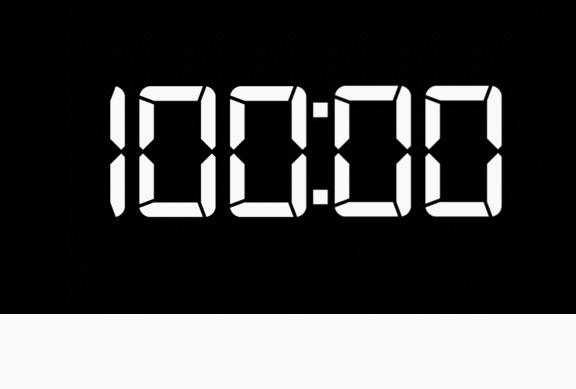

The Doomsday Clock debuted on the cover of the June 1947 issue of the Bulletin, with the hands set at seven minutes to midnight. Like the countdown to an atomic bomb explosion, it suggested the destruction that awaited if no one took action to stop it.”

“She drew the hands of a clock ticking down to midnight. Thus, according to the Bulletin’s website: At first Martyl considered drawing a giant letter “U” to represent Uranium, but after listening to conversations between other Bulletin scientists, she realized that essence of the publication was not nuclear weapons themselves but the dire risk of global catastrophe they posed.

Two years later, when Rabinowitch and Goldsmith decided to expand the newsletter into a proper magazine, they asked artist Martyl Langsdorf, wife of physicist and Bulletin member Alexander Langsdorf, to design the cover. In that year, a group of Chicago scientists who had worked on the Manhattan Project, including metallurgist Hyman Goldsmith and biophysicist Eugene Rabinowitch, founded the Bulletin of the Atomic Scientists of Chicago, a monthly newsletter aimed at keeping the public informed of the emerging danger of nuclear weapons. The Doomsday Clock traces its origins back to 1945 and the aftermath of the atomic bombings of Hiroshima and Nagasaki. But just what is the Doomsday Clock, anyway? Where did it come from, how its it updated, and what can it tell us about the ever-changing risk of global catastrophe in the 20th and 21st Centuries? According the Bulletin, this change reflects the growing threat posed by climate change, nuclear proliferation, and misinformation, and the increasing unwillingness of world leaders to respond to said threats. On January 23, 2020, the Bulletin of the Atomic Scientists, a non-profit research and education organization based in Chicago, moved the hands on its Doomsday Clock forward to 100 seconds to midnight – the closest in its 74-year history.


 0 kommentar(er)
0 kommentar(er)
